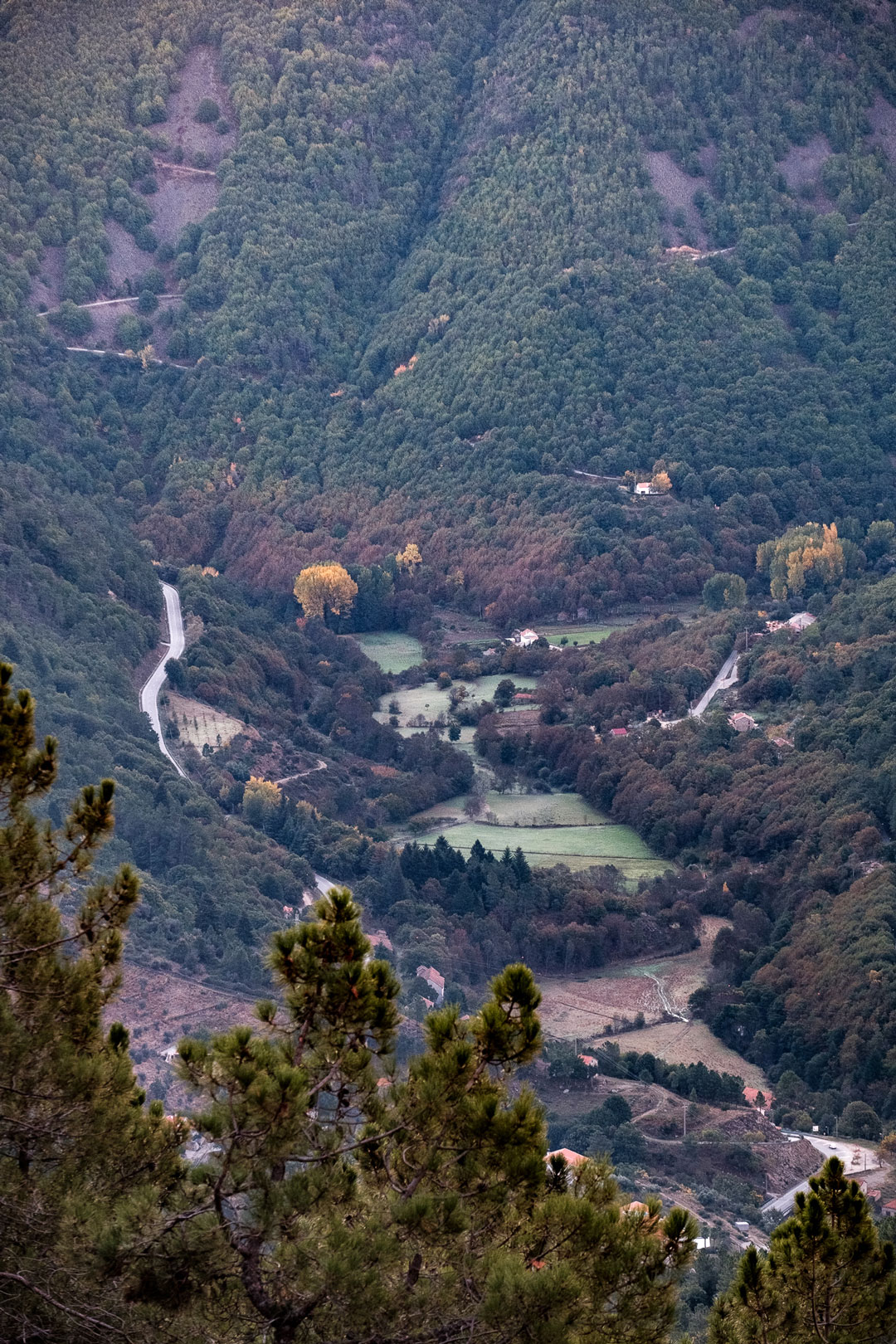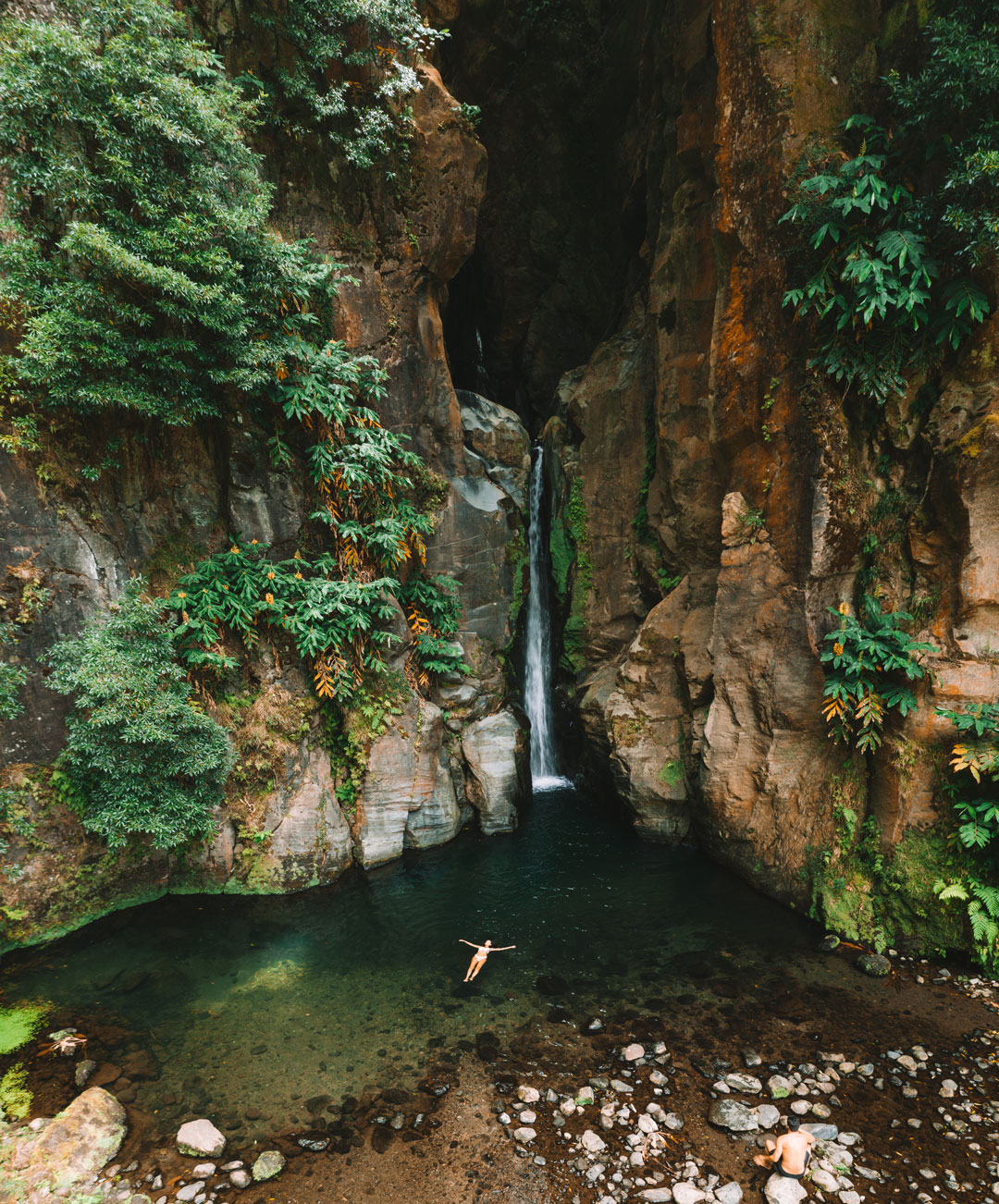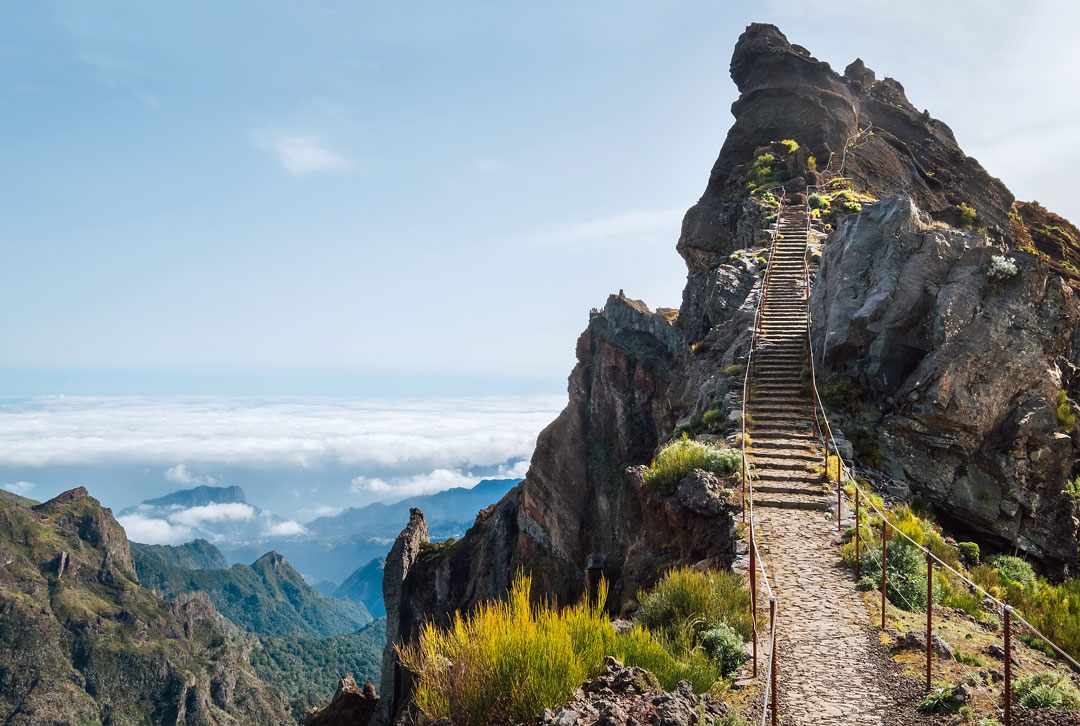Words: Susana Ribeiro
In mainland Portugal and its islands, nature plays a fundamental role in tourism, offering landscapes that attract travellers interested in exploring unique natural environments. The four elements of nature feature in Portugal’s tourism, with outdoor activities and varied experiences. Air, Water, Earth or Fire? What’s your favourite?
Element: Air

Outdoor activities are among the best experiences you can have while travelling. Serra da Estrela is the highest mountain range in mainland Portugal (with a maximum altitude of 1,993 metres on the Torre Plateau) and is famous for its Nature Park. Here you’ll find walking trails on which you will discover the varied fauna and the country’s only ski resort to enjoy the winter snow.
There are many walks around Manteigas, which is a good base from which to discover mountain accomodations and the local cuisine.
And while we’re on the subject of outdoor and mountain activities, let’s not forget the Serra do Gerês, with its beautiful schist villages, waterfalls, rivers for water activities and mountain bike trails. Did you know that the Peneda-Gerês National Park is the only national park in Portugal?
And if we focus on the element of air and aerial sports in Portugal, you can also go parachuting in various parts of the country; paragliding and hang gliding in the Algarve and in the Serra da Estrela — the historic village of Linhares da Beira is very popular for this — and the Serra da Lousã and elsewhere.
Element: Water

Photo: Manuel Pereira
Bathed by the Atlantic Ocean, Portugal offers endless water-related tourism experiences. From the scenic cliffs of the Algarve to the tranquil river beaches of the north and centre of the country, we invite you to explore the potential of this strong connection with the aquatic environment.
The Costa Vicentina, with its imposing cliffs and deserted beaches, is one of the wildest and best-preserved regions in the country (and perhaps in all of Europe!). It’s beautiful all year round, but especially from March to November when the weather is more comfortable. In the summer, it can get very hot, which makes it more appealing for swimming.
In the centre of the coast is Nazaré, once a very popular tourist destination that now attracts surfers and spectators from all over the world who are drawn by its huge waves. Even if you only come to see the imposing Nazaré Canyon, we assure you that it’s worth experiencing the atmosphere of its profound connection with the sea.
The Algarve is famous for its beautiful beaches, cliffs and mild weather almost all-year-round. Summer is the busiest time — with hundreds of parties that go on into the night — but spring and autumn are more peaceful and calm. In fact, it’s worth visiting at any time of year, as each season has its own unique and incomparable beauty.
Element: Earth

Portugal’s natural heritage also includes its many forests and nature parks. We’ve already mentioned Peneda-Gerês (Air), the only one classified as a national park, which is renowned for its biodiversity and mountainous landscapes. Here, in the Earth Element, it represents a profound connection and the heart of our planet.
In this context, the Laurissilva Forest on Madeira is a fine example of a subtropical forest, which UNESCO has classified as a World Heritage Site. It is considered to be one of the most important natural treasures in Portugal and the world. It dates back 20 million years and has survived major climatic and geological changes.
This forest is home to a number of endemic species that are only found on Madeira, and is an ideal habitat for many animals, ranging from insects to amphibians and some mammals. It is also renowned for its ability to “produce” and store water, which it receives from rainfall and returns to the hydrological cycle. Many of Madeira’s levadas (irrigation canals) and footpaths can be used to discover the island’s natural heritage.
Element: Fire

The natural element of Fire can be represented in Portugal by its volcanoes and its geothermal energy, especially in the Azores.
Geothermal tourism is growing and becoming an increasingly popular attraction. Volcanic formations, crater lakes (such as Lagoa das Sete Cidades) and natural hot springs offer the unique experience of contact with the region’s volcanic activity.
You can also go hiking and take on the challenge of climbing Portugal’s highest mountain, which rises 2,351 metres above the sea on the island of Pico (with a guide, of course!). On a clear day you can see the surrounding islands of Faial, São Jorge and even Graciosa. And from the highest point (Piquinho), you can sense the vapours from the volcano, which is considered active but at rest.
In terms of geothermal energy, Furnas, on the island of São Miguel, is one of the largest active volcanic calderas in Europe. There are natural thermal hot water pools in which you can bathe and relax. On the island of Faial, you can visit the Capelinhos volcano, which erupted in 1957–58, and learn more about volcanic activity in the modern Interpretation Centre next to the landscape the eruption left behind.

